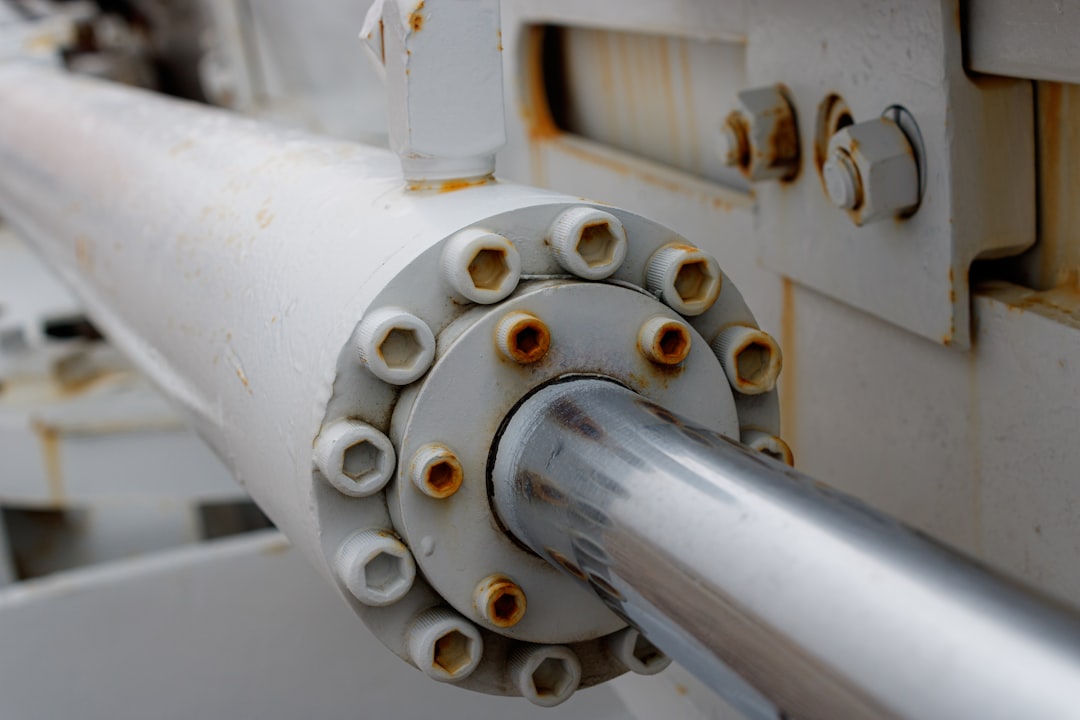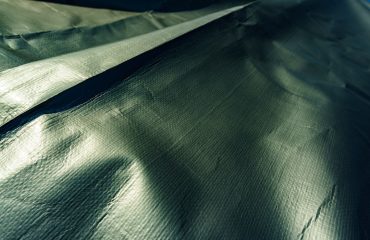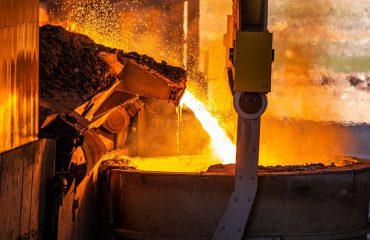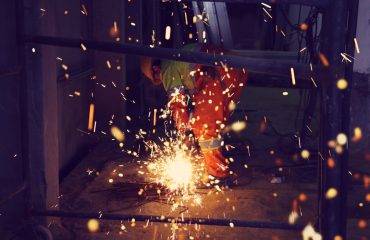body { font-family: sans-serif; line-height: 1.6; }
h1, h2, h3 { color: #333; }
img { max-width: 100%; height: auto; }
The safe and efficient transportation of natural gas is paramount to modern society. A crucial aspect of ensuring this safety and efficiency lies in the protective coatings applied to gas pipelines. This blog post delves into the world of EP (Epoxy), PP (Polypropylene), and PE (Polyethylene) coated pipes, exploring their applications, advantages, disadvantages, and future prospects within the gas pipeline industry.
Understanding the Role of Coatings in Gas Pipelines
Gas pipelines face numerous threats throughout their lifespan, including corrosion, abrasion, and external damage. These threats can lead to leaks, explosions, and significant environmental damage. Coatings act as a protective barrier, shielding the pipe from these hazards and extending its operational life. EP, PP, and PE coatings are popular choices due to their durability, ease of application, and cost-effectiveness in many scenarios. The choice of coating depends heavily on factors such as soil conditions, pipeline location, and the specific requirements of the project.
EP (Epoxy) Coated Pipes: A Robust Solution
Epoxy coatings are known for their excellent adhesion to metal surfaces, providing a strong barrier against corrosion. They offer superior chemical resistance and can withstand a wide range of temperatures. However, epoxy coatings can be brittle and susceptible to damage from impacts or abrasion. Their application often requires specialized equipment and skilled labor, potentially increasing installation costs. They are frequently used in areas with aggressive soil conditions or where high levels of corrosion protection are critical. The thickness of the epoxy coating is a crucial factor in its performance, with thicker coatings offering greater protection.
PP (Polypropylene) Coated Pipes: Flexibility and Durability
Polypropylene coatings offer a good balance of flexibility and durability. They are resistant to many chemicals and can withstand a wide range of temperatures. Their flexibility allows them to conform to the pipe’s surface effectively, minimizing stress points and reducing the risk of cracking. PP coatings are also relatively easy to apply and are less susceptible to damage from impacts compared to epoxy coatings. However, their abrasion resistance might not be as high as some other coatings, particularly in harsh environments with significant abrasive forces. PP coatings are a popular choice for pipelines in areas with moderate soil conditions and less extreme temperature fluctuations.
PE (Polyethylene) Coated Pipes: Cost-Effective and Widely Applicable
Polyethylene coatings are widely used in the gas pipeline industry due to their cost-effectiveness and ease of application. They are highly resistant to corrosion and offer good chemical resistance. PE coatings are flexible and can withstand some degree of impact and abrasion. Their relatively low cost makes them an attractive option for large-scale projects. However, their performance can be affected by high temperatures and UV radiation, so they might require additional protection in certain environments. Different grades of PE exist, each with varying properties, allowing for selection based on specific project requirements. Fusion-bonded epoxy (FBE) is a common type of PE coating used in gas pipelines.
Installation and Maintenance of Coated Pipes
The installation of coated pipes requires careful handling to avoid damaging the protective layer. Specialized equipment and trained personnel are usually needed to ensure proper installation and avoid compromising the integrity of the coating. Regular inspection and maintenance are crucial to identify and address any damage to the coating before it leads to significant problems. This may involve visual inspections, cathodic protection monitoring, and periodic testing to assess the coating’s condition. Prompt repair of any damage is essential to maintain the long-term effectiveness of the pipeline’s protective system.
Choosing the right coating for a gas pipeline is a complex decision that requires careful consideration of various factors. Factors such as soil conditions, pipeline location, operating pressure, and budget all play a role in determining the most suitable coating. Consultations with experienced engineers and coating specialists are highly recommended to ensure the selection of the most appropriate and cost-effective solution for each specific project.
The future of gas pipeline coatings likely involves the development of even more durable, environmentally friendly, and cost-effective materials. Research and development efforts are focused on improving the performance characteristics of existing coatings and exploring new materials with enhanced properties. The integration of smart technologies for monitoring and maintenance of pipeline coatings is also gaining traction, allowing for proactive identification and mitigation of potential issues.
SEO-Friendly Tags:
- EP Coated Pipes
- PP Coated Pipes
- PE Coated Pipes
- Gas Pipeline Coatings
- Corrosion Protection Pipelines




